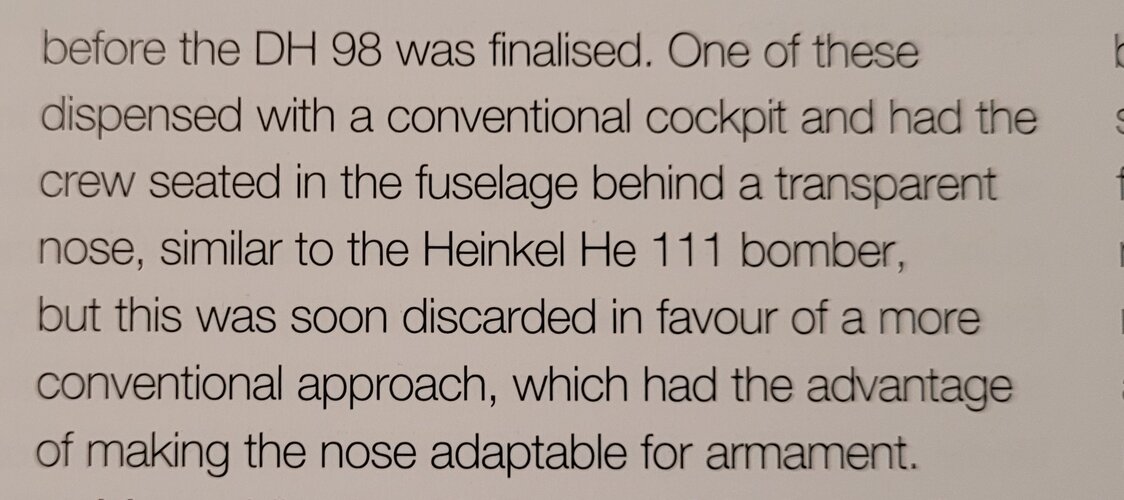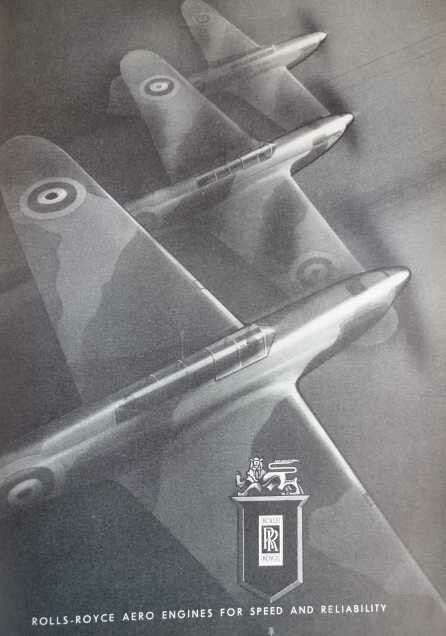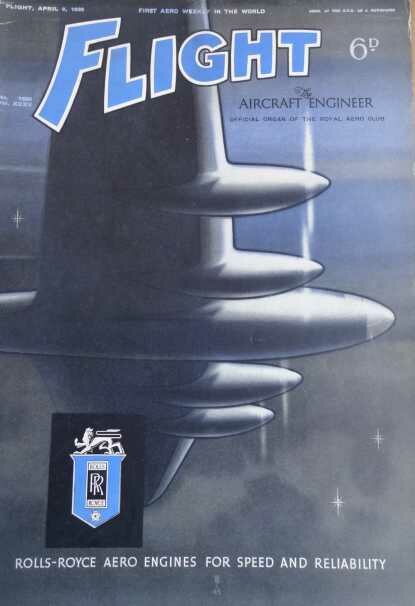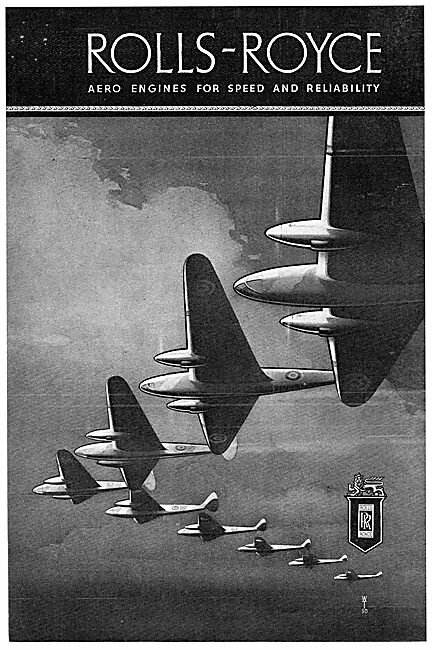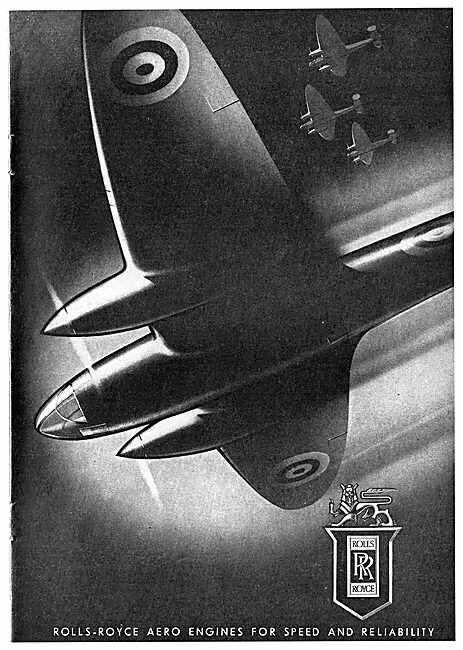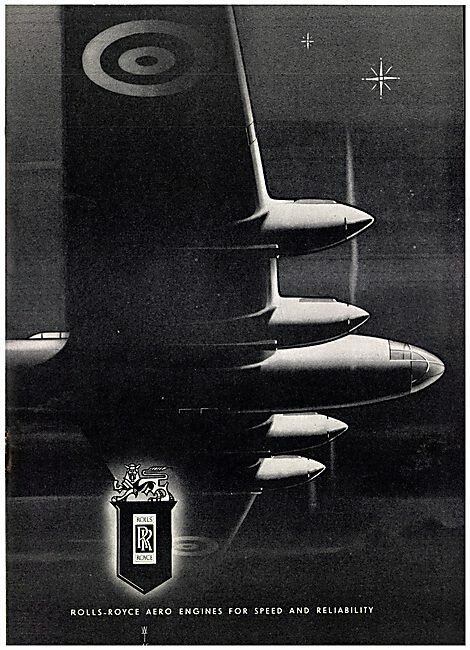Not a 'proper source i know but a couple of interesting snippets noted on the 'Wikipedia' page on the DH. Mosquito
https://en.m.wikipedia.org/wiki/De_Havilland_Mosquito
In April 1938, performance estimates were produced for a twin Rolls-Royce Merlin-powered DH.91, with the Bristol Hercules (radial engine) and Napier Sabre (H-engine) as alternatives.[11]
Do any drawings exist of the alternate engine studies ?
On 12 November, at a meeting considering fast-bomber ideas put forward by de Havilland, Blackburn, and Bristol, Air Marshal Freeman directed de Havilland to produce a fast aircraft, powered initially by Merlin engines, with options of using progressively more powerful engines, including the Rolls-Royce Griffon and the Napier Sabre. Although estimates were presented for a slightly larger Griffon-powered aircraft, armed with a four-gun tail turret, Freeman got the requirement for defensive weapons dropped [26]
Griffin engined Mosquito ?
With design of the DH.98 started, mock-ups were built, the most detailed at Salisbury Hall, where E-0234 was later constructed. Initially, the concept was for the crew to be enclosed in the fuselage behind a transparent nose (similar to the Bristol Blenheim or Heinkel He 111H), but this was quickly altered to a more solid nose with a conventional canopy.[31]
sounds different ?
I was wondering if any drawings had been published of the proposals noted (would make for interesting modelling subjects!) Cheers, Joe

